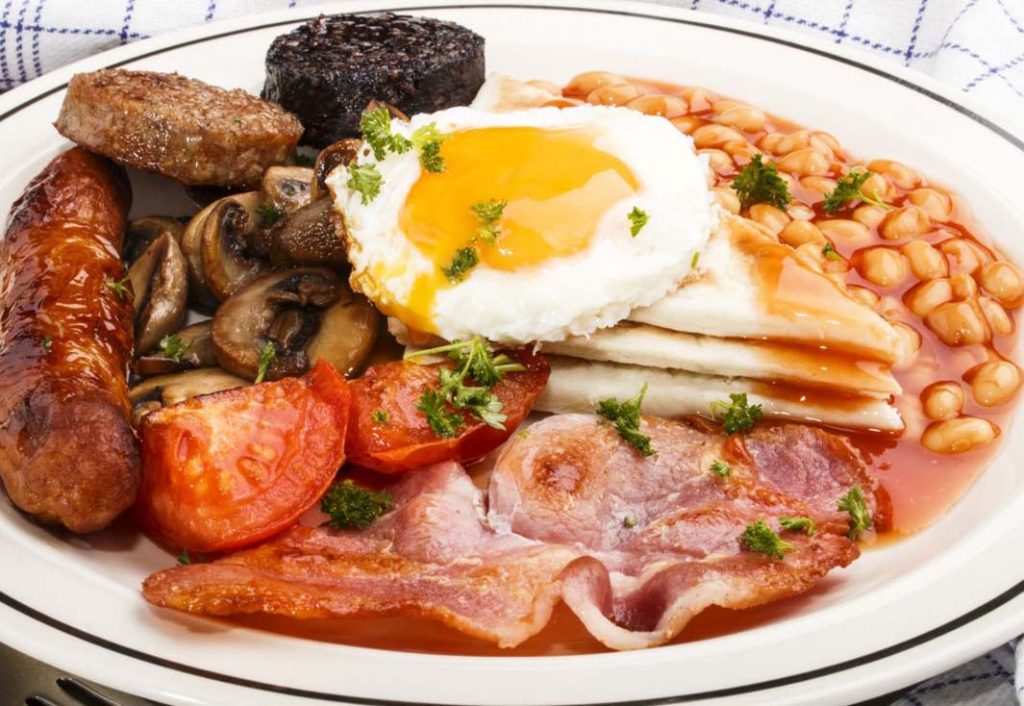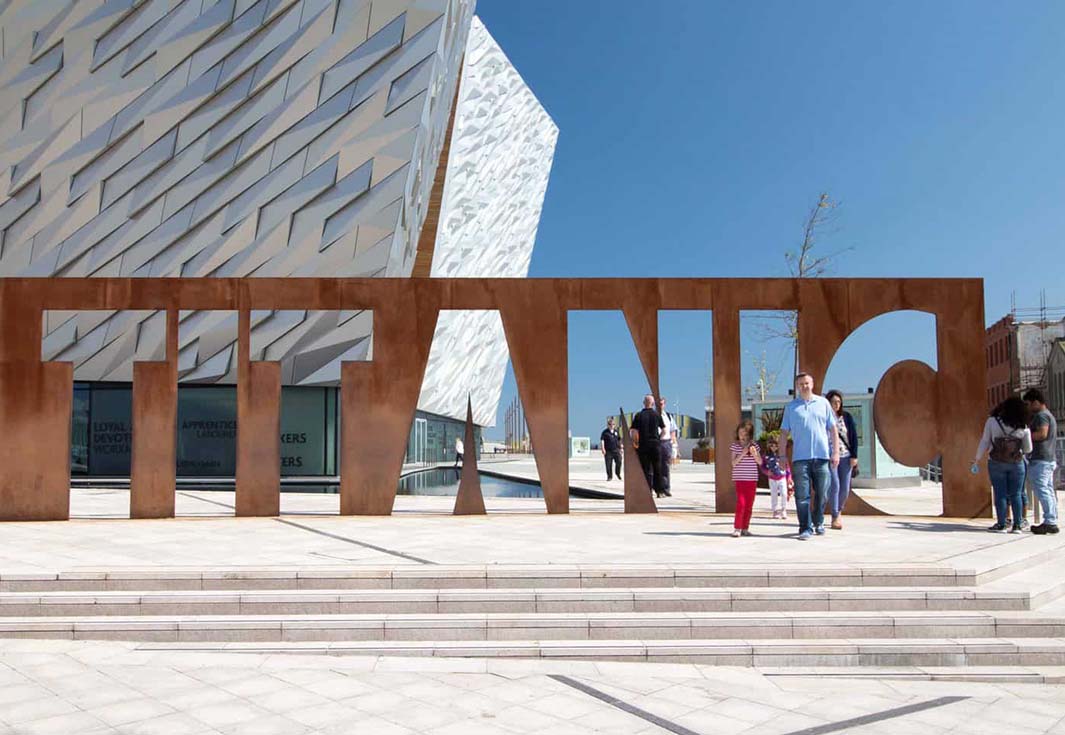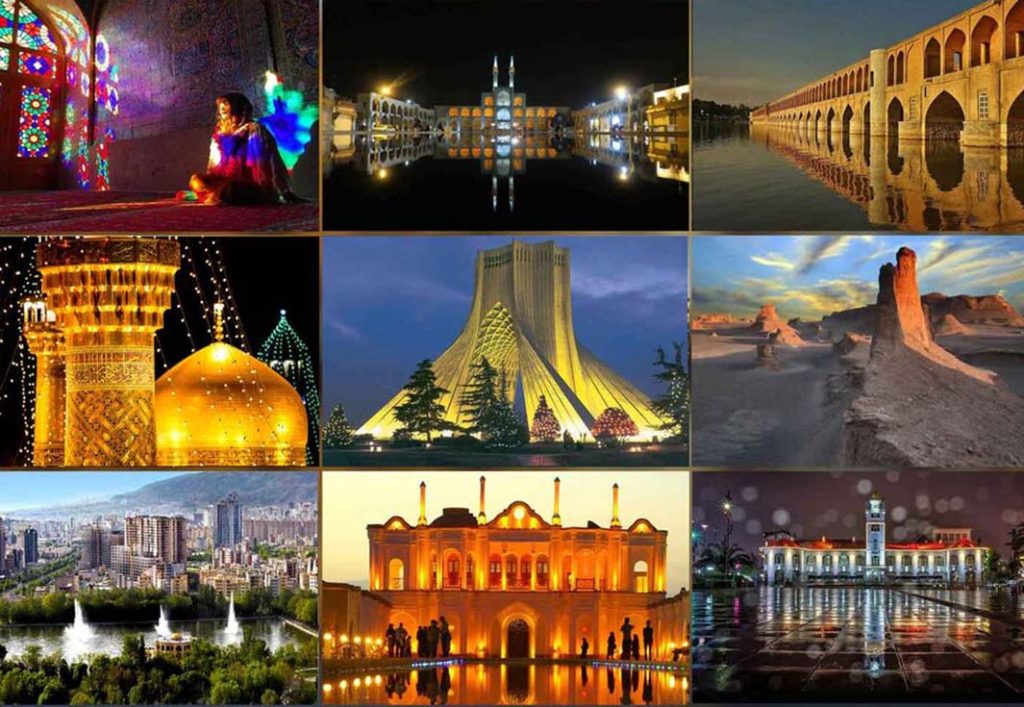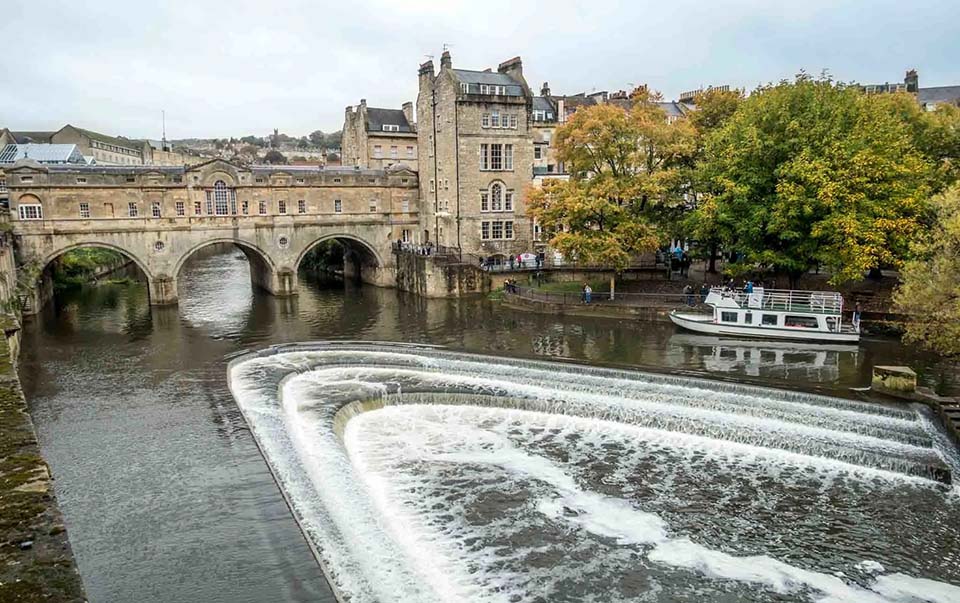Belfast, the capital city of Northern Ireland, is a destination that blends history, culture, and natural beauty seamlessly. When I decided to visit Belfast, I knew I was about to embark on a journey through a city that has seen it all – from the heights of the Industrial Revolution to the depths of conflict, and now, a vibrant cultural renaissance.
Preparing for the Trip
Travel Gear
Traveling to Belfast requires a bit of preparation, especially if you’re like me and love to explore every corner of a city. Here’s a quick rundown of what I packed for my trip:
- Clothing: Belfast weather can be unpredictable, with rain being a common occurrence. I packed a mix of warm layers, waterproof jackets, and comfortable walking shoes. A pair of good quality, water-resistant boots turned out to be a lifesaver.
- Electronics: I brought along a camera, smartphone, portable charger, and universal travel adapter. Since Belfast is part of the UK, they use a different plug type (Type G).
- Travel Essentials: My backpack included a small first aid kit, reusable water bottle, sunscreen, and a compact umbrella.
Currency Exchange
Northern Ireland uses the British Pound (£). Before my trip, I exchanged a small amount of currency at home to have on hand upon arrival. However, I found that Belfast has numerous ATMs and currency exchange kiosks, especially in the city center. I recommend using a credit card with no foreign transaction fees whenever possible, but it’s always good to have some cash, especially for small purchases or street vendors.
Local SIM Card
Staying connected while traveling is crucial, especially for navigation and keeping in touch with friends or family. Upon arriving in Belfast, I purchased a local SIM card from a mobile provider store. Major providers like O2, Vodafone, and EE have stores in the city, and they offer a range of prepaid options. I opted for a plan that included data, which made it easy to use maps, search for restaurants, and stay active on social media.

Cultural Etiquette and My Personal Experiences
One of the most important aspects of traveling to any new place is understanding and respecting local customs and etiquette. Belfast, like many cities with a complex history, has its own set of social norms that visitors should be aware of.
Politeness and Conversation
The people of Belfast are known for their friendliness and hospitality. Strangers will often strike up a conversation with you, whether you’re in a pub, on the bus, or even in line at the grocery store. However, there are a few topics that are best avoided, particularly anything related to the political situation in Northern Ireland.
During my stay, I had an enlightening experience while visiting a local pub. I struck up a conversation with an older gentleman who was eager to share stories about Belfast’s history. However, when the conversation veered towards the Troubles, he politely steered it back to lighter topics. This taught me that while the people of Belfast are open and welcoming, it’s important to be mindful of sensitive subjects.
Tipping and Service
In Belfast, tipping is appreciated but not always expected. In restaurants, a tip of around 10-15% is common if the service is good. For taxi drivers, rounding up to the nearest pound is usually sufficient. I found the service in Belfast to be excellent across the board – from the attentive waitstaff at restaurants to the helpful hotel staff.
One evening, after a particularly wonderful meal at a local restaurant, I left a 15% tip. The waitress was visibly pleased and thanked me sincerely. This small gesture made me realize how much the service industry in Belfast values appreciation from customers.
Dress Code
Belfast has a casual and laid-back vibe, but there are some places where dressing up is more appropriate, such as high-end restaurants or theaters. During my visit to the Grand Opera House, I noticed that most attendees were dressed smart-casual, which made the evening feel special. In general, dressing appropriately for the weather is key – layers and waterproof clothing are your best friends in Belfast.
Must-Visit Attractions in Belfast
Belfast is a city with something for everyone – history buffs, art lovers, and outdoor enthusiasts alike. Here are four must-visit attractions that left a lasting impression on me:
1. Titanic Belfast
What to Expect: Titanic Belfast is perhaps the city’s most famous attraction. This state-of-the-art museum tells the story of the ill-fated RMS Titanic, from its construction in Belfast’s shipyards to its tragic end. The museum is interactive, with exhibits that include full-scale reconstructions and immersive displays.
How to Get There: The museum is located in the Titanic Quarter, a short walk or bus ride from the city center.
Tips: Buy your tickets online in advance to avoid long queues, and allow at least three hours to explore the museum thoroughly.
2. St. George’s Market

What to Expect: St. George’s Market is one of Belfast’s oldest attractions and a haven for foodies. Here, you can find everything from fresh seafood to local crafts. The market is lively, with local musicians often performing as you browse the stalls.
How to Get There: Located on May Street, it’s easily accessible on foot from the city center.
Tips: Visit on a weekend when the market is at its busiest and make sure to try the famous Belfast Bap – a local bread roll filled with a generous portion of bacon.
3. Crumlin Road Gaol
What to Expect: Crumlin Road Gaol is a historic prison that has housed some of the most notorious figures in Irish history. The guided tours are incredibly informative, offering insight into the prison’s dark past, including its role during the Troubles.
How to Get There: The gaol is a short bus ride from the city center, with regular services running throughout the day.
Tips: Book a guided tour to get the full experience, and wear comfortable shoes as there is a lot of walking involved.
4. Botanic Gardens and Ulster Museum
What to Expect: The Botanic Gardens are a peaceful escape in the heart of the city, perfect for a leisurely stroll. Within the gardens, you’ll find the Ulster Museum, which offers a wide range of exhibits, from art and history to natural sciences.
How to Get There: The gardens are located near Queen’s University, easily accessible by foot or bus.
Tips: Entry to both the gardens and the museum is free, making it a great budget-friendly option.
Street Food Delights and Safety Tips
No trip to Belfast is complete without sampling the local street food. From traditional Irish fare to modern twists on classics, the city’s food scene is vibrant and diverse.
Recommended Street Foods
- The Belfast Bap: A must-try, especially when filled with locally sourced bacon or sausage.
- Fish and Chips: Look for food trucks near the waterfront or pop into a local chippy. The fish is usually fresh, and the chips are perfectly crispy.
- Ulster Fry: While traditionally a breakfast dish, you can find variations of this hearty meal at food stalls throughout the day.

Street Food Safety
While enjoying street food, it’s important to keep a few safety tips in mind:
- Choose Vendors Wisely: Look for vendors that have a high turnover of customers, as this often indicates fresh food.
- Check for Cleanliness: Ensure that the food stall is clean and that the vendor is following proper food safety practices.
- Stay Hydrated: Street food can be salty, so make sure to drink plenty of water.
Planning Your Itinerary and Budgeting Tips
Crafting the Perfect Itinerary
When planning your trip to Belfast, consider how much time you have and what your interests are. Here’s how I structured my itinerary:
- Day 1: Explore the city center, visit Titanic Belfast, and enjoy an evening at a traditional pub.
- Day 2: Spend the morning at St. George’s Market, followed by an afternoon at the Botanic Gardens and Ulster Museum.
- Day 3: Take a guided tour of Crumlin Road Gaol and spend the evening walking along the waterfront.
- Day 4: Day trip to the nearby Giant’s Causeway, a UNESCO World Heritage site (while not in Belfast, it’s close enough to make it a worthwhile excursion).
Adjusting Your Budget
Belfast is relatively affordable compared to other UK cities, but it’s still important to budget wisely. Here’s how I managed my expenses:
- Accommodation: I opted for a mid-range hotel in the city center, which was convenient and reasonably priced.
- Food: While I enjoyed a few splurges at nicer restaurants, I balanced it out with meals from markets and street vendors.
- Transport: Belfast is a walkable city, so I saved money by mostly exploring on foot. For longer distances, I used public buses and found them to be efficient and affordable.
Insurance Recommendations
Travel insurance is a must for any trip. I purchased a comprehensive plan that covered medical emergencies, trip cancellations, and lost luggage. Thankfully, I didn’t need to use it, but it provided peace of mind throughout my journey.
Belfast is a city that captivates the heart and mind. From its rich history to its modern-day charm, every corner of the city tells a story. My trip to Belfast was an unforgettable experience, filled with moments of reflection, learning, and pure enjoyment. Whether you’re a history enthusiast, a foodie, or simply looking for a new adventure, Belfast has something to offer.



